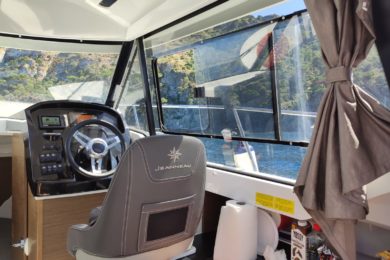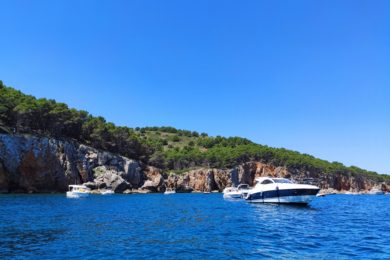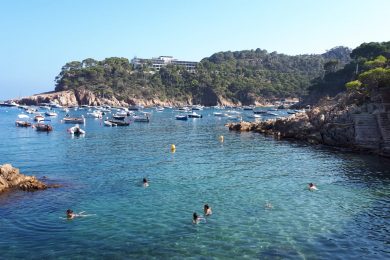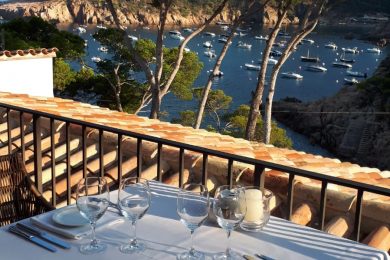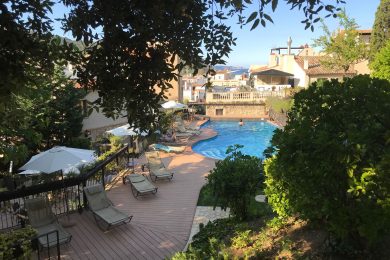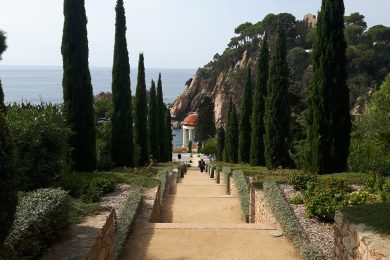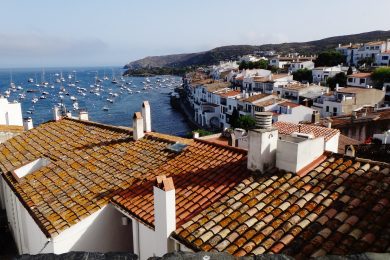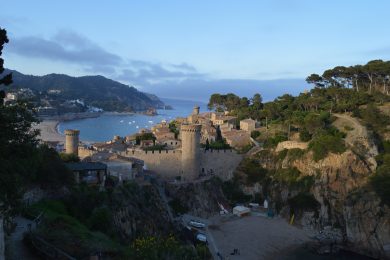The city has 21 districts, full of monuments, parks and many other attractions that are worth discovering. Many of them are unknown, it’s time for you to visit 3 days in Madrid. Still one of my favorite capital in Europe, classic and modern at the same time, with good people and great urbanistic, i’ve been so many times in this city. Free city tour here!
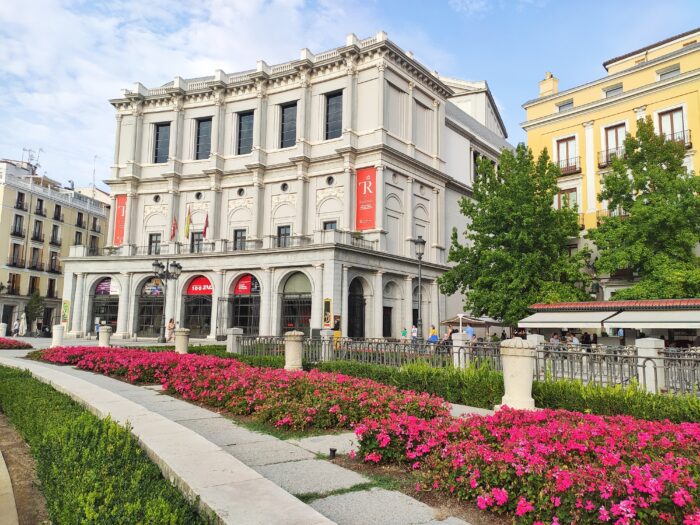
DAY 1 Center
We should start the tour from The Teatro Real, Madrid’s opera forum, the Royal Palace and, with it, the gardens of the Plaza de Oriente, the Cathedral of La Almudena and the Templo de Debod all located in the Asturias neighborhood.
The area between Puerta del Sol and Gran Vía and its surroundings is, without a doubt, the axis on which Madrid’s tourist, cultural and recreational life revolves. This area is usually the starting point of any tourist route through the city.
The Puerta del Sol was in the fifteenth century which placed the eastern limits of the city. After its expansion towards the east, it became the nerve center of Madrid’s life. It is a meeting point for visitors and locals who make their appointments either at Kilometer 0, at the statue of the bear and the strawberry tree, at the equestrian statue of Carlos III or at the reproduction of the Mariblanca. Every December 31, thousands of people gather here to greet the new year to the sound of the twelve chimes of the clock.
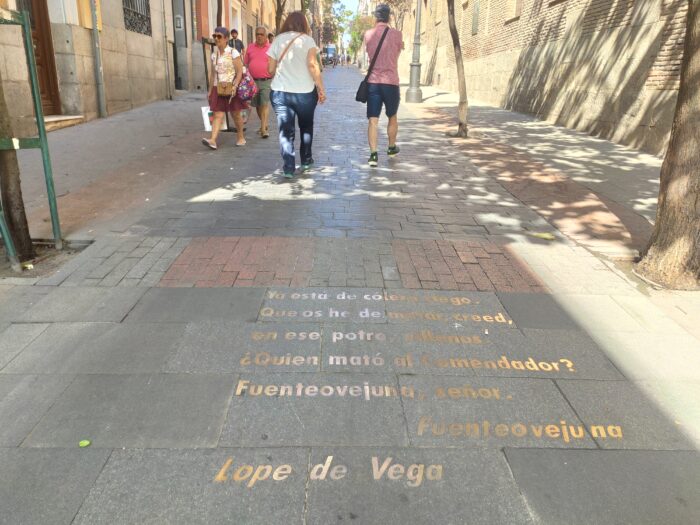
Located in the heart of the city, next to the Gran Via, Chueca is one of the most internationally known neighborhoods in Madrid for its atmosphere and nightlife. However, its appeal comes from several fronts, and art and history is also one of them. With the beginning of summer, the neighborhood of Chueca becomes the epicenter of one of the most anticipated parties for all, the LGTBI Madrid Pride Festival.
The Barrio de Las Letras is located in the heart of the city, right in the middle of two other areas of high tourist interest such as Sol-Gran Vía and Paseo del Arte. It is flanked by Calle de la Cruz, Carrera de San Jerónimo, Paseo del Prado and Atocha Street.
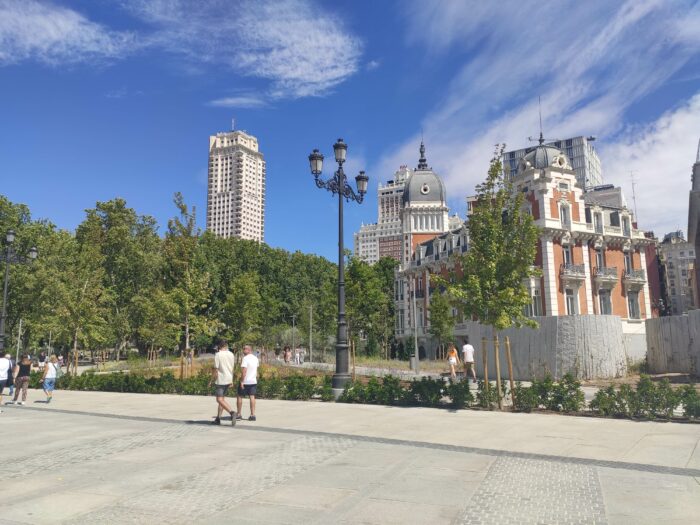
DAY 2 North
The tourist area of Princesa is one of the largest in the city and in it we can find many attractions that make a visit indispensable. Its main street, which gives its name to the neighborhood, is Princesa Street. One of the longest arteries of the capital and the one with the greatest commercial and leisure activity in this area.
It extends from the Plaza de España to Moncloa where we can find the Arc de Triomphe. After its remodeling, the new Plaza de España is one of the new central axes of the city with a large green space, sculptures, playgrounds and cycle paths, as well as a central space for the celebration of festive, cultural, commercial and sporting events.
The Malasaña neighborhood is closely linked to the Movida, the cultural and social revolution that emerged in Madrid during the 1980s and had its epicenter in this neighborhood of Madrid.
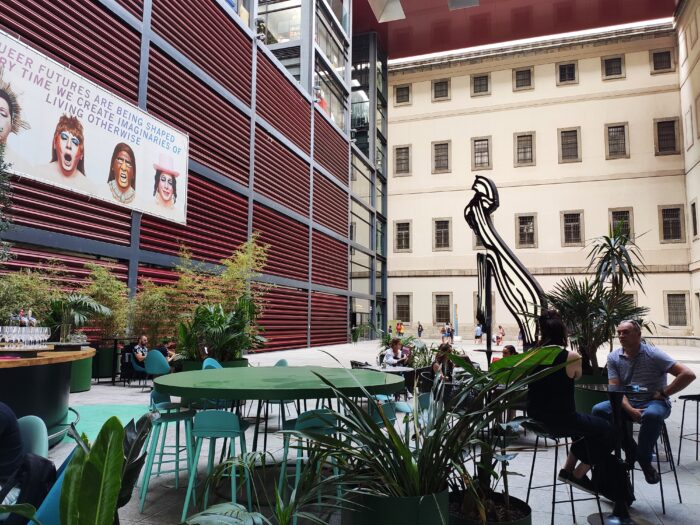
DAY 3 South
The Paseo del Arte is also known as the art triangle, as it brings together, in just two kilometers, three of the most important art galleries in the world. Epicenter of the city’s cultural life, in July 2021 it was declared a UNESCO World Heritage Site in the Cultural Landscape category and includes the Paseo del Prado between Cibeles and Plaza de Atocha, the entire Retiro Park, and the Jerónimos neighborhood. Read about and visit it for free!
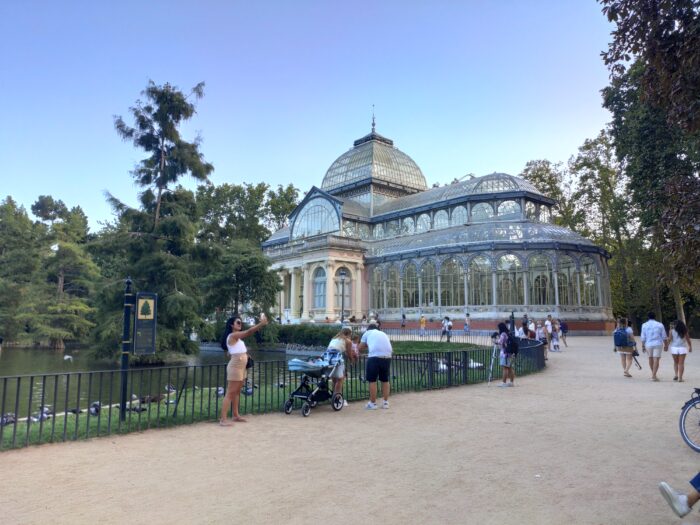
Retiro check here all the information!
Madrid Río is one of the largest ecological rebalancing operations ever carried out in the city. The result of the burying of Calle 30 along the Manzanares River, what was previously a ring road through which thousands of cars passed every day, is now a large green space with more than ten kilometers of pedestrian itineraries for the use and enjoyment of Madrid’s citizens and visitors.
The Madrid Río, inaugurated in April 2011, covers a rehabilitated area of almost 700 hectares. Its route along both banks and the surrounding area includes a wide range of possible activities and special points of tourist interest that revolve mainly around four pillars: the new architectural icons, the green corridor, sports, leisure and culture.

WHERE TO EAT
Spanish cuisine is known all over the world, each region uses different flavors and ingredients. This post is dedicated to the Spanish capital, you will find out where locals eat in Madrid, where they go dancing and which terrace choose to enjoy this wonderful city.
First of all, in Madrid, we eat and drink many things and always good, but some of their specialties are: Cocido, Patatas Bravas, Bocata de Calamares, Jamón and Lomo ibérico, Huevos rotos, Churros with chocolate, Tinto de verano and Mahou beer. Read here!
WHERE TO SLEEP

